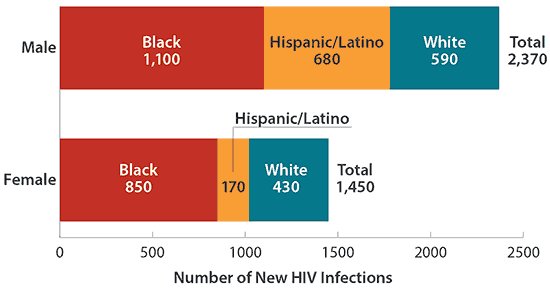Note to visitors: Resources included in this web site contain terminology used at the time of publication and may not reflect current terms.
Injection drug use is a well-known route of transmission of blood borne infections, particularly HIV and hepatitis B and C. Use of illicit drugs is associated with increased rates of TB and STDs. This web site provides materials and resources to assist researchers, policymakers, and clinical and program providers who work with persons who use drugs (PWUD), their sex partners and families. This site does not address issues related to the use of cannabinoids or licit drugs, such as alcohol, or tobacco.
Published Articles
- HIV Infection and HIV-Associated Behaviors Among Persons Who Inject Drugs — 20 Cities, United States, 2012
- Community Outbreak of HIV Infection Linked to Injection Drug Use of Oxymorphone — Indiana, 2015
-
HIV Infection Linked to Injection Use of Oxymorphone in Indiana, 2014–2015
- Also see corresponding HIV and Injection Drug Use Fact Sheet
- Increases in Hepatitis C Virus Infection Related to Injection Drug Use Among Persons Aged ≤30 Years — Kentucky, Tennessee, Virginia, and West Virginia, 2006–2012
Data and Statistics
Estimated New Infections among People Who Inject Drugs by Gender and Race/Ethnicity, 2010—United States*

Visit CDC’s HIV Risk & Prevention: Injection Drug Use page for more information.
Guidance and Interventions

Strategies for Disease Prevention
Includes Behavioral Interventions, Outreach, Safe Syringe Practices, Testing and Vaccines, Drug Poisoning and Overdose Prevention, and Integrated Guidelines

Substance Abuse Treatment
Focuses on substance abuse treatment and disease prevention

Disease Treatment for Persons at Risk
Includes medical interventions to prevent and treat infectious disease

Assistance for Persons Who Use Drugs
Find services near you for:
- Substance Abuse and/or Mental Health Treatment Facility Locator
- Buprenorphine Physicians & Treatment Program
- Opioid Treatment
Call SAMHSA’s Referral Helpline 24/7 at 1-800-662-HELP (1-800-662-4357)
- Page last reviewed: April 27, 2016
- Page last updated: September 21, 2017
- Content source:


 ShareCompartir
ShareCompartir